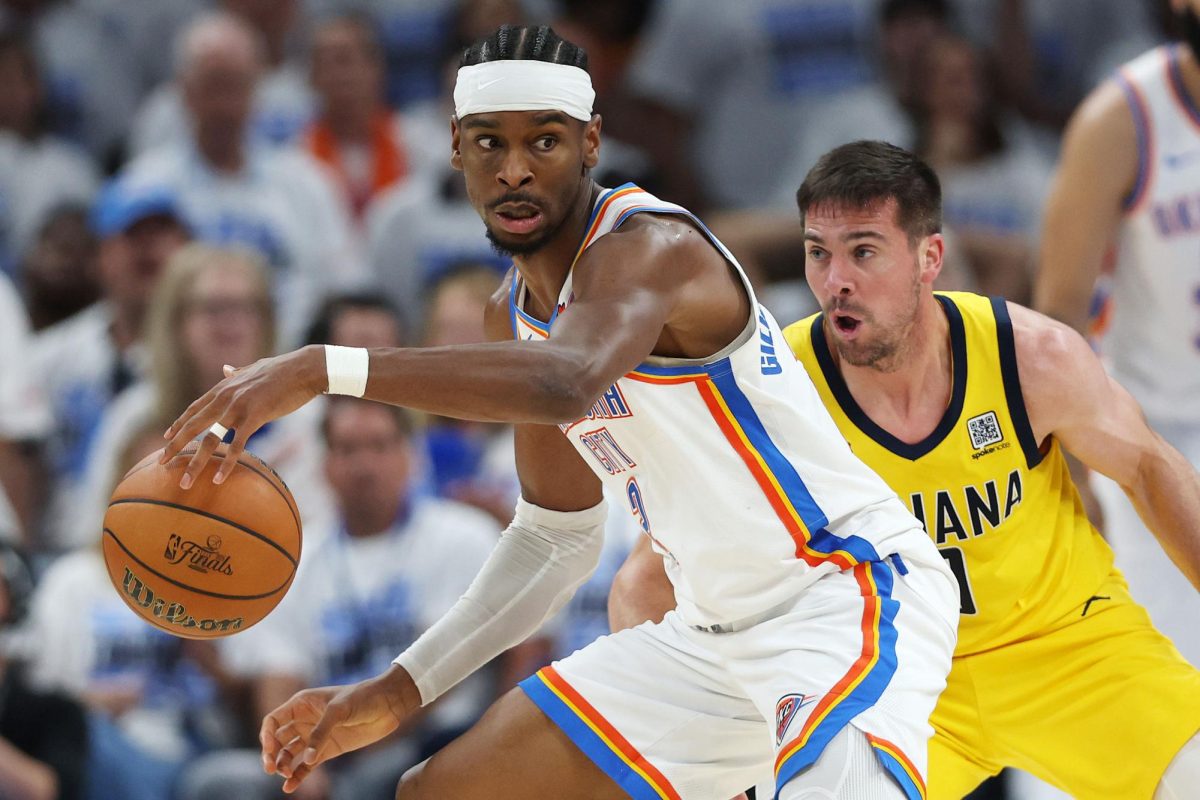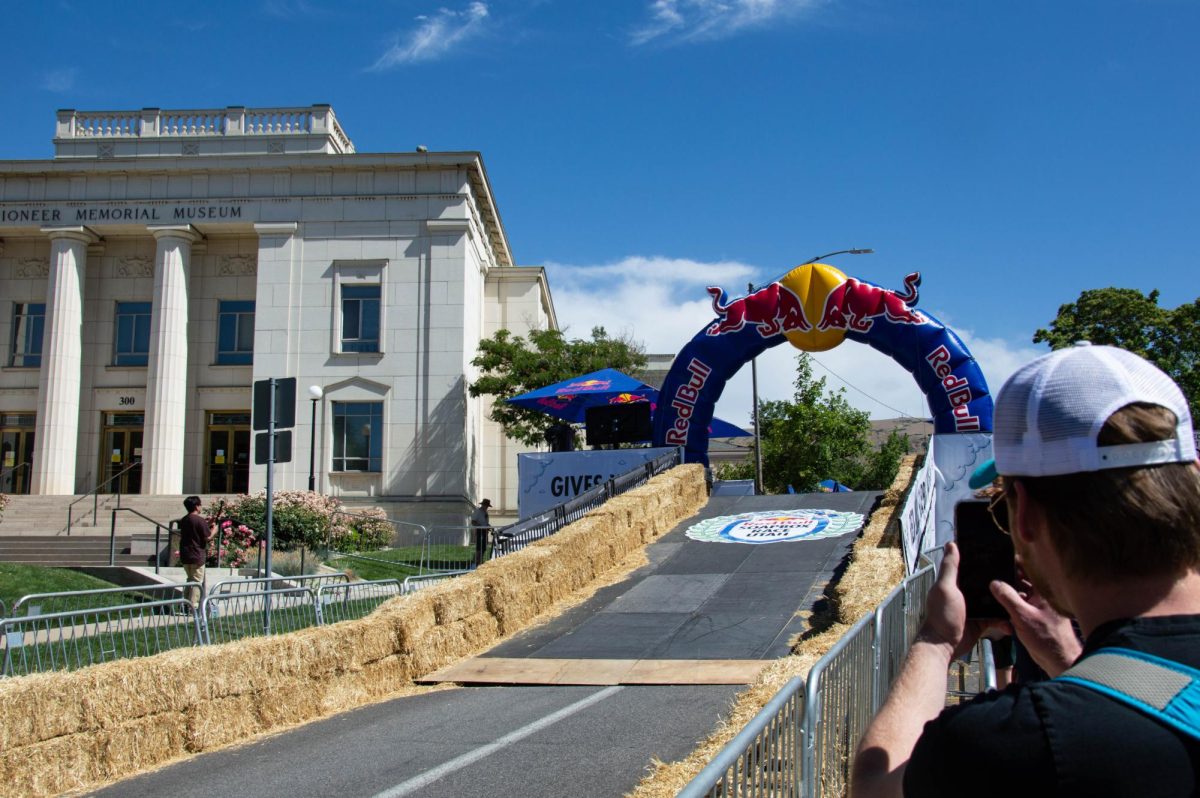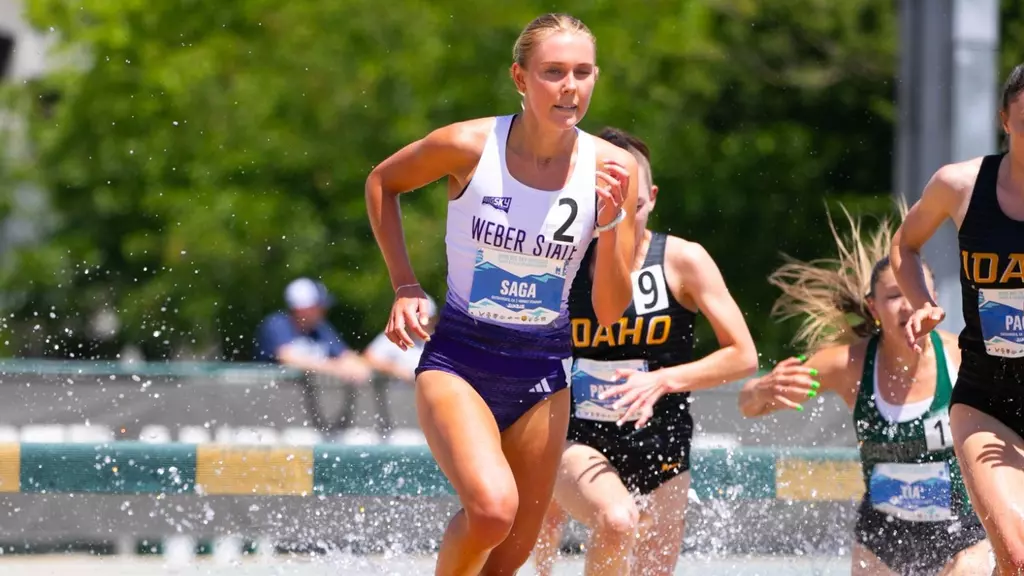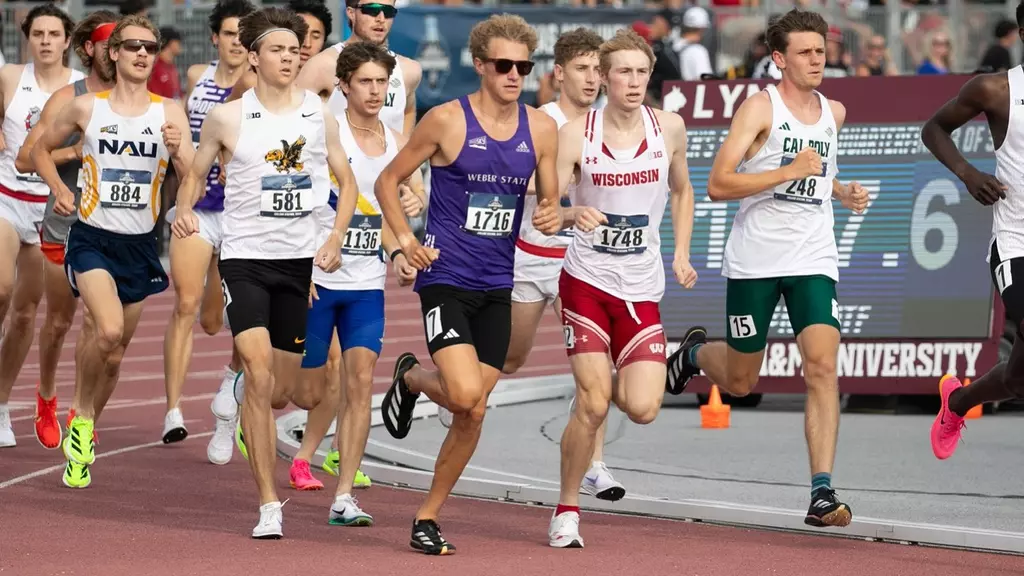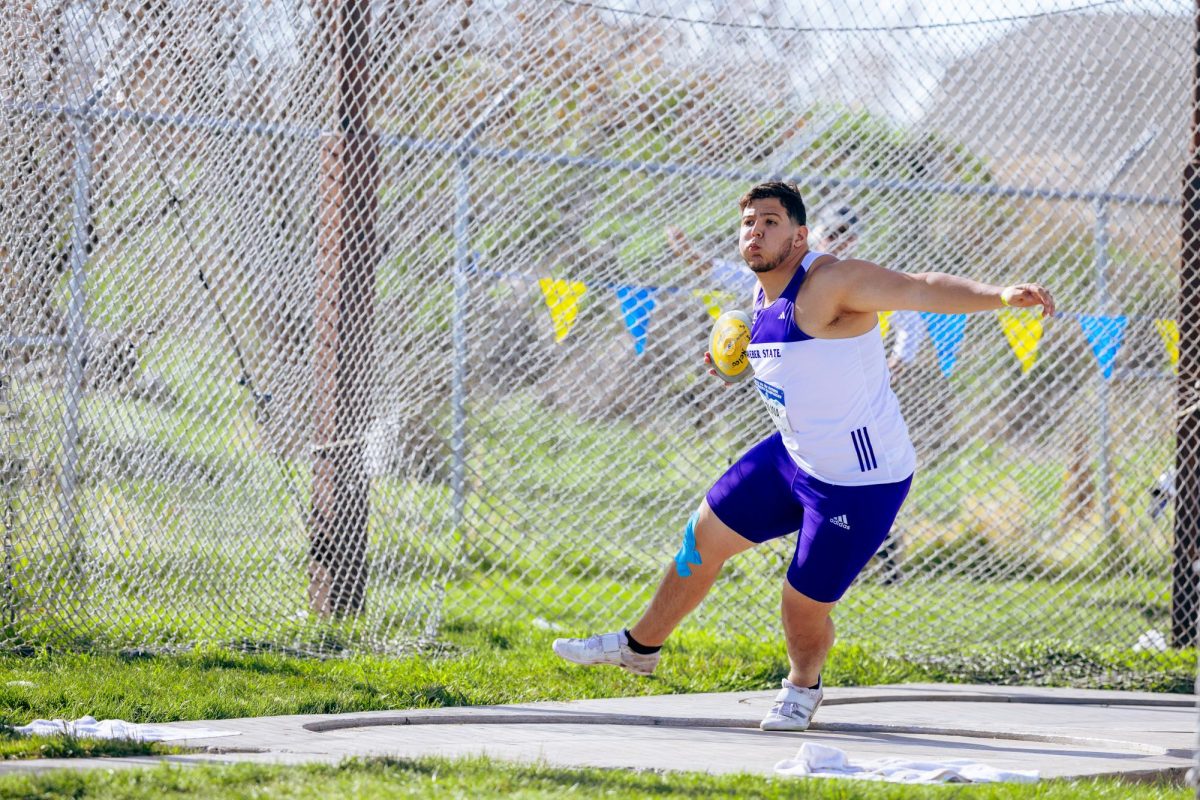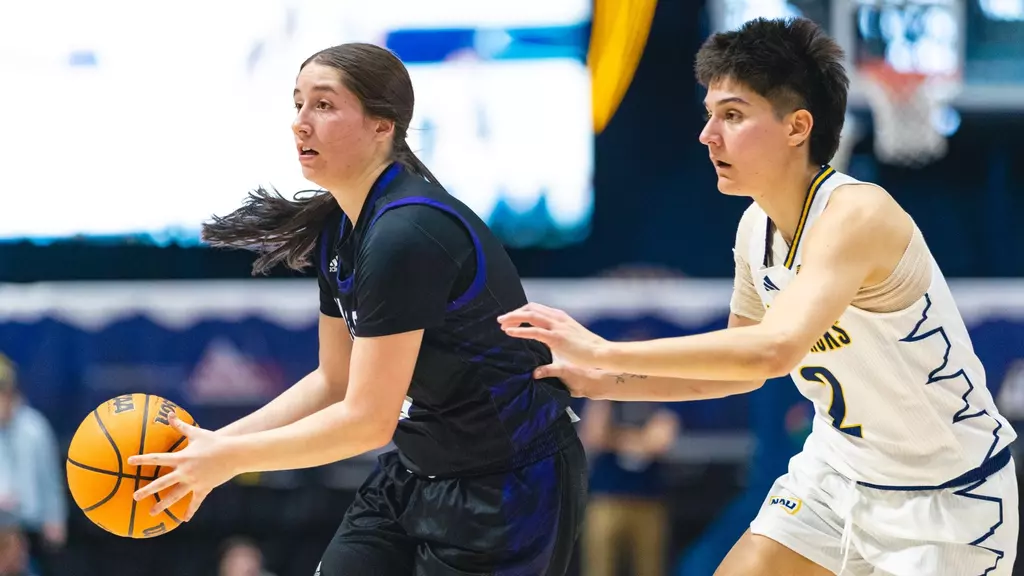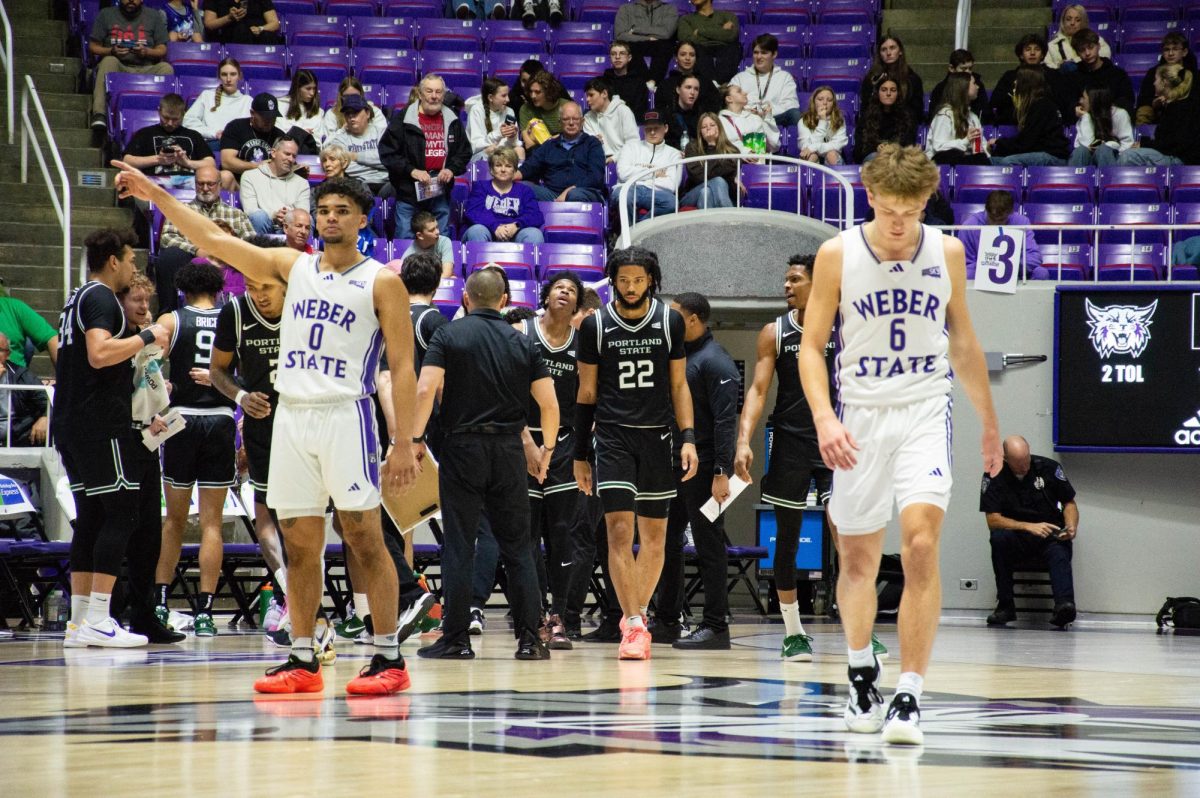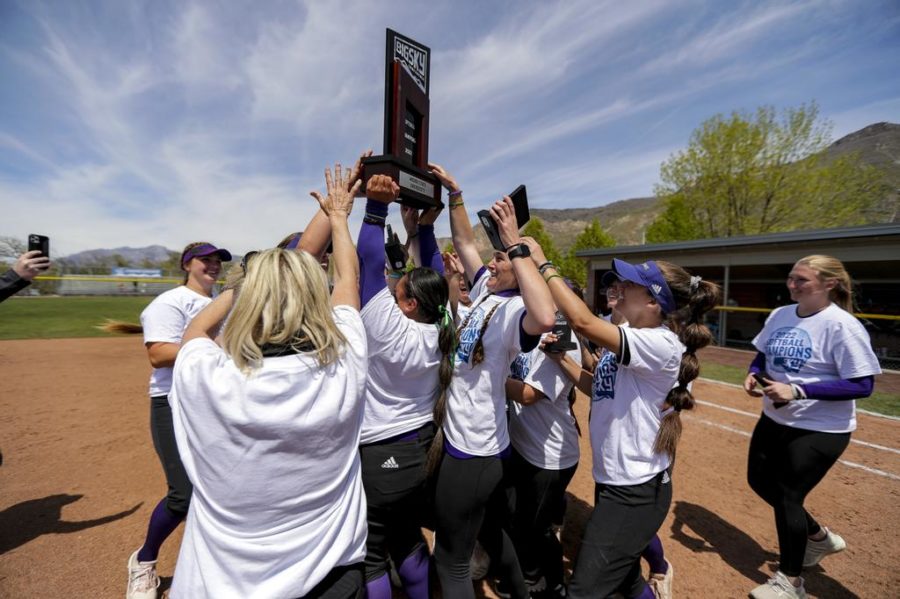[media-credit name=”Every year, thousands of athletes around the country compete in sports. While it’s their accomplishments on the field that get the most recognition, much of their most important work comes in the classroom.” align=”alignnone” width=”300″] [/media-credit]Kamaal Ahmad, Weber State University director of football operations, said that playing sports isn’t the most important thing for athletes.
[/media-credit]Kamaal Ahmad, Weber State University director of football operations, said that playing sports isn’t the most important thing for athletes.
“Graduating is the most important thing,” Ahmad said. “Academics is first; football is second. The student athletes are recruited here to get a degree first, while also playing to the best of their abilities in their given sport.”
Paul Pilkington, who is the head coach of the men’s cross-country team at WSU, said that, to him, there is no question that making progress toward graduation is more important than competing, even if it hurts the team.
Pilkington said the athletes are here first and foremost to get an education, and if they aren’t making the proper effort in the classroom, they will be penalized.
“That’s why they’re here: to graduate,” Pilkington said. “I once left a senior home from the Big 10 Cross-Country Championships because he had not been attending class like he
should. It cost us two team places. He let himself and the team down, but he learned a lesson, and he did graduate.”
Sophomore Amber Henry, who is a member of the WSU women’s cross-country team, said it is hard to balance both athletics and school. She said that, for her, it’s best not to get too absorbed in either one.
“I feel there’s a small margin of finding that balance,” Henry said. “I have been on both sides of the fence, but what I have found helps me is to not totally revolve my life around one or the other, but to use both as a form of rest from the other. That way I am not getting burnt out.”
WSU Athletics Director Jerry Bovee said the school has been improving on the number of student-athletes who graduate, and that is the No. 1 focus of the athletic department.
“We are committed to continuing to improve the good graduation rates of our student-athletes,” Bovee said.
Each year, the NCAA measures the success rate of a school in graduating athletes with a scale called the Graduation Success Rate. The NCAA developed the GSR to more accurately assess the academic success of student-athletes compared to the federal graduation rate.
The GSR measures graduation of student-athletes who receive an athletic scholarship in their first year of college attendance. It excludes student-athletes who transfer from the institution who are academically eligible, as well as those who serve in the military or on an official church mission.
The Big Sky Conference has seen a dramatic rise in the GSR for men’s basketball since 2001. Of men’s basketball players, 77 percent who enrolled in classes in 2004 graduated, which was an increase of 29 percent from the 2001 GSR. The 77 percent tied for the sixth-best percentage among the Division I conferences.
Big Sky Conference women’s basketball players recorded a GSR of 88 percent, up from 71 percent in 2001. Big Sky football players who enrolled in 2004 graduated at a 65 percent rate, up from 52 percent.
Ahmad said each athlete handles the workload differently, but he said that being a student-athlete isn’t for everyone.
“It’s not easy,” Ahmad said. “It takes a special person to be a student-athlete. Everyone has a different way of doing it.”
The Wildcats saw improvements in football, men’s track and field/cross- country, men’s tennis, volleyball, women’s golf, and women’s tennis. In addition, two sports at WSU, volleyball and women’s track and field/cross-country, rank above the overall national average on the GSR.
WSU saw improvements last year in the graduation rates of 7 out of 11 school -sanctioned sports.



